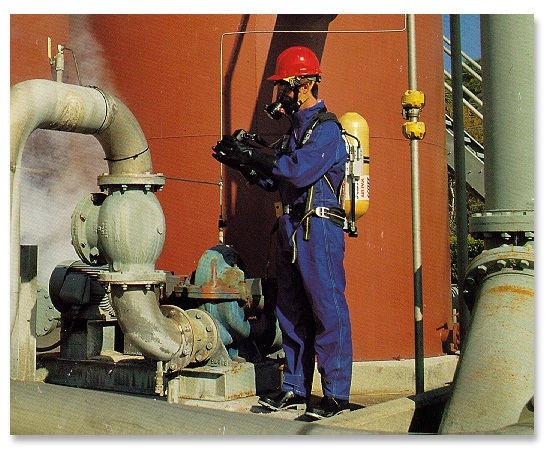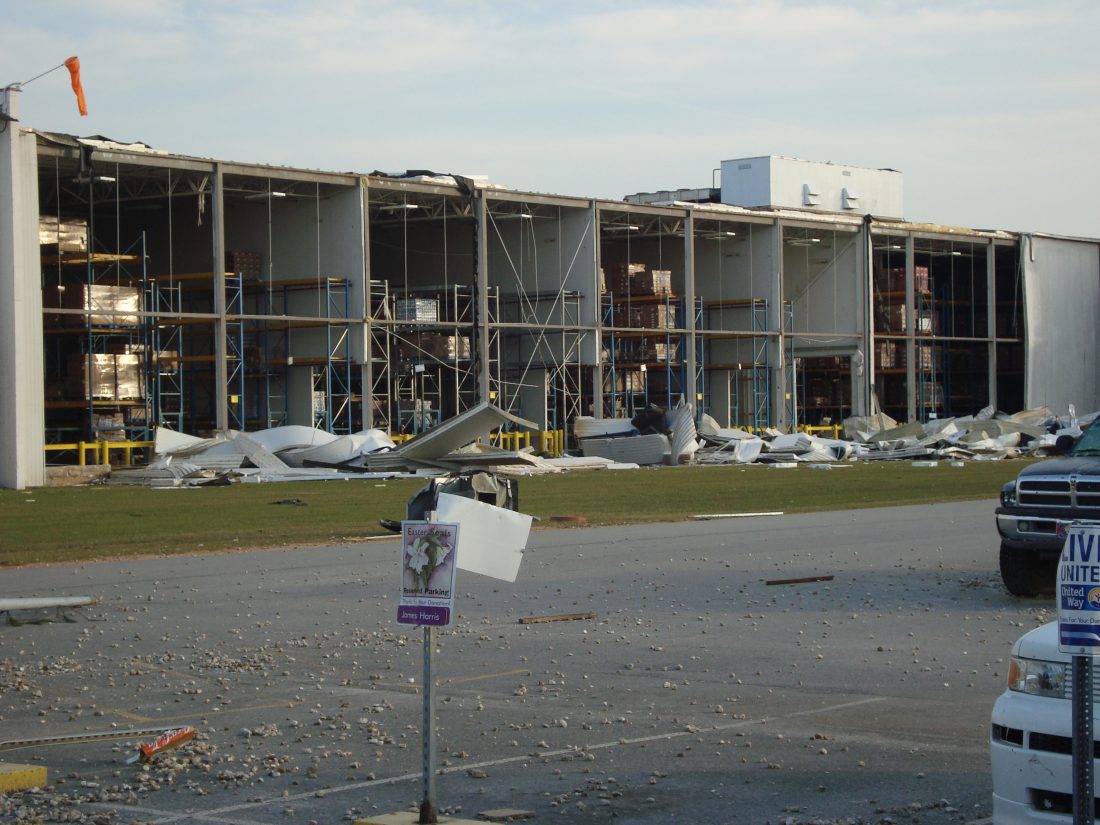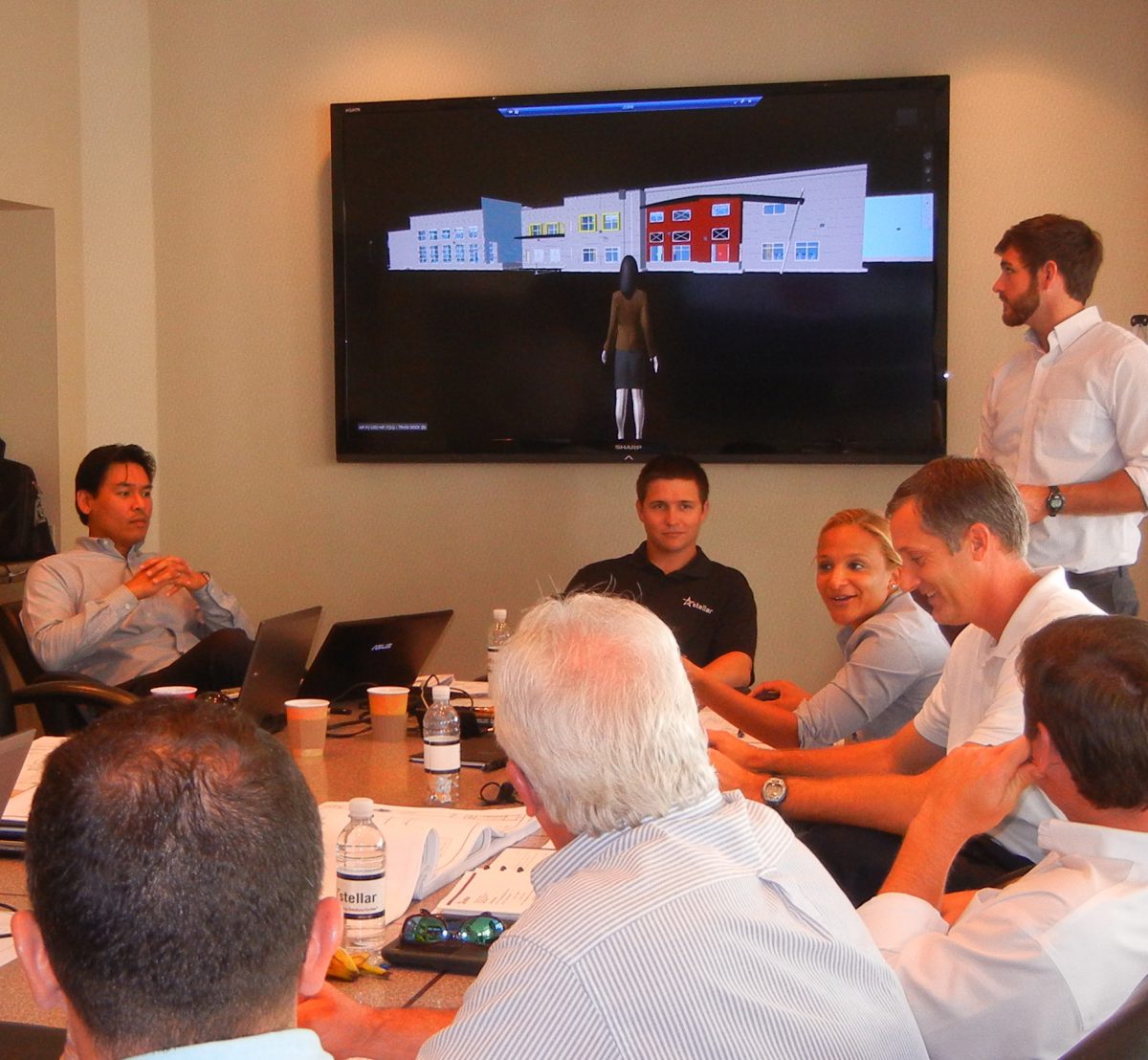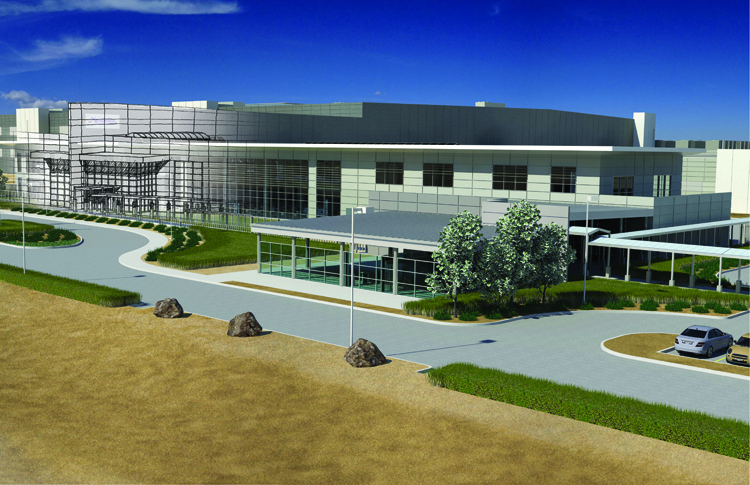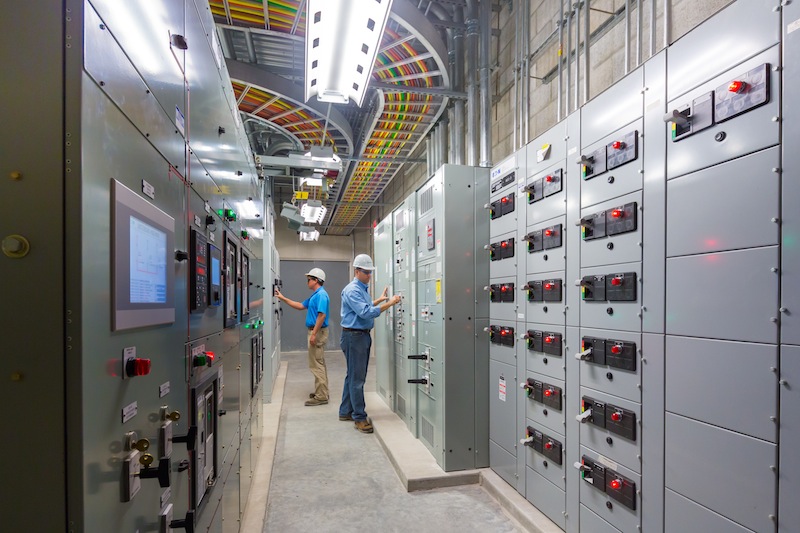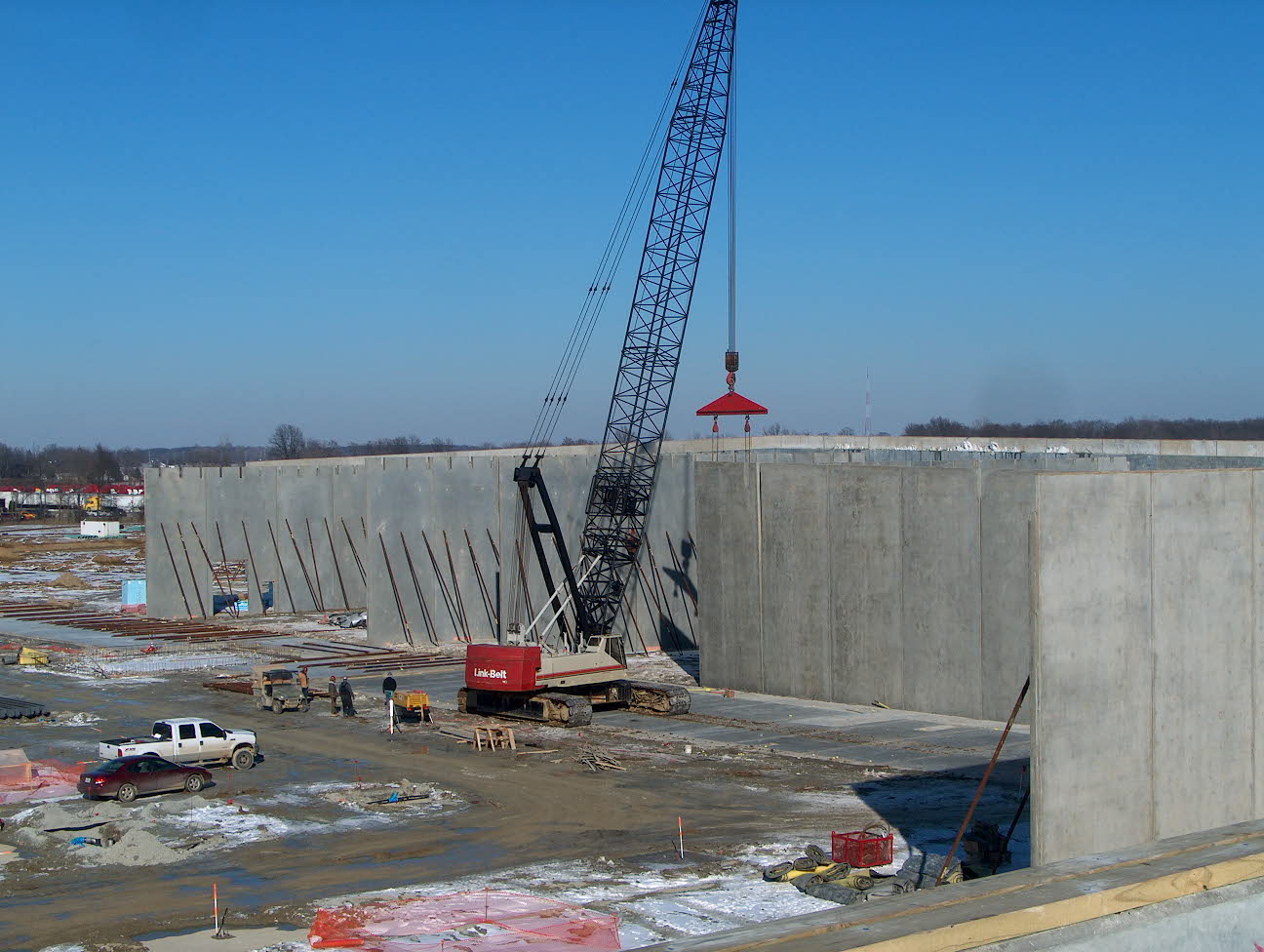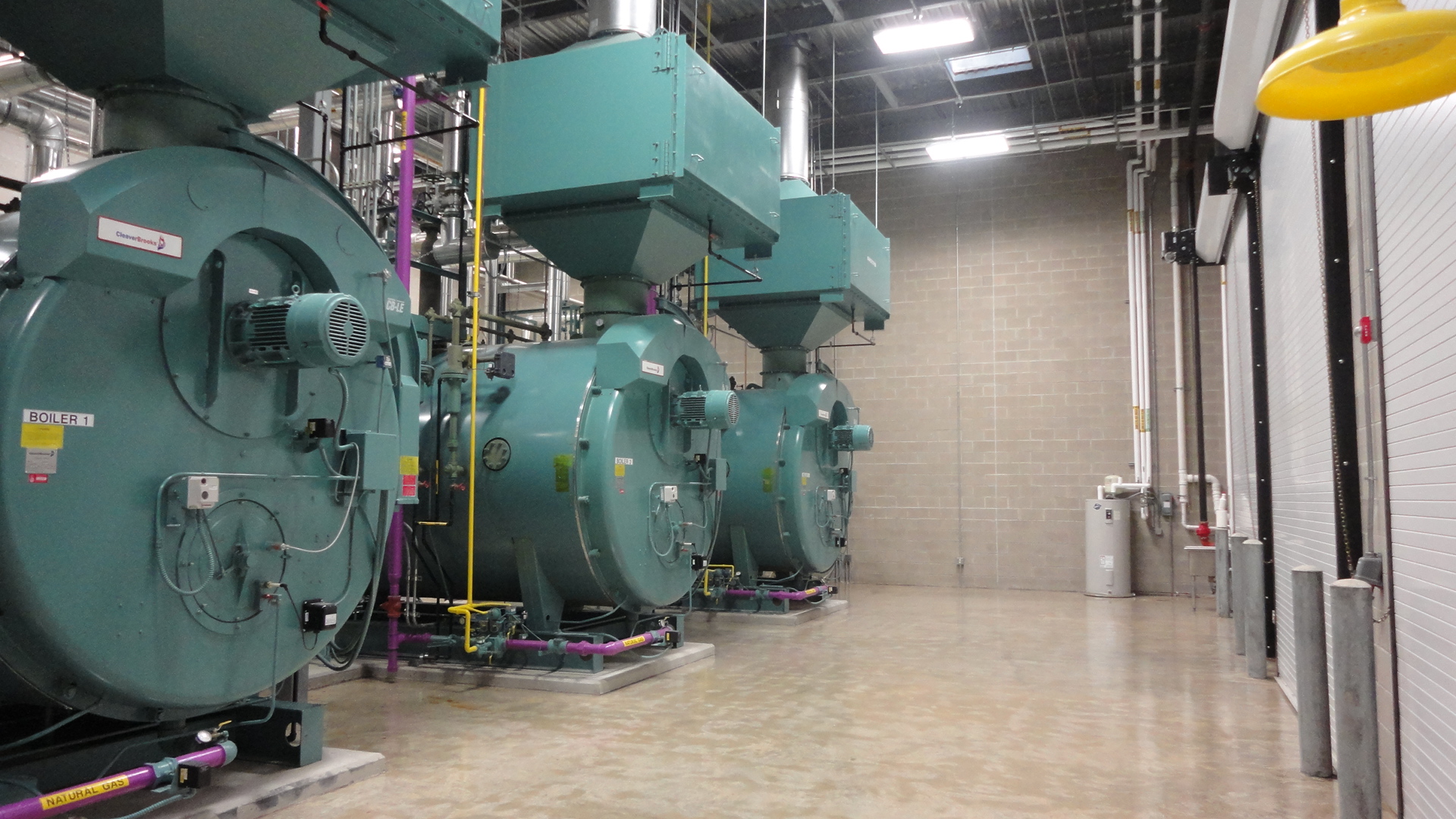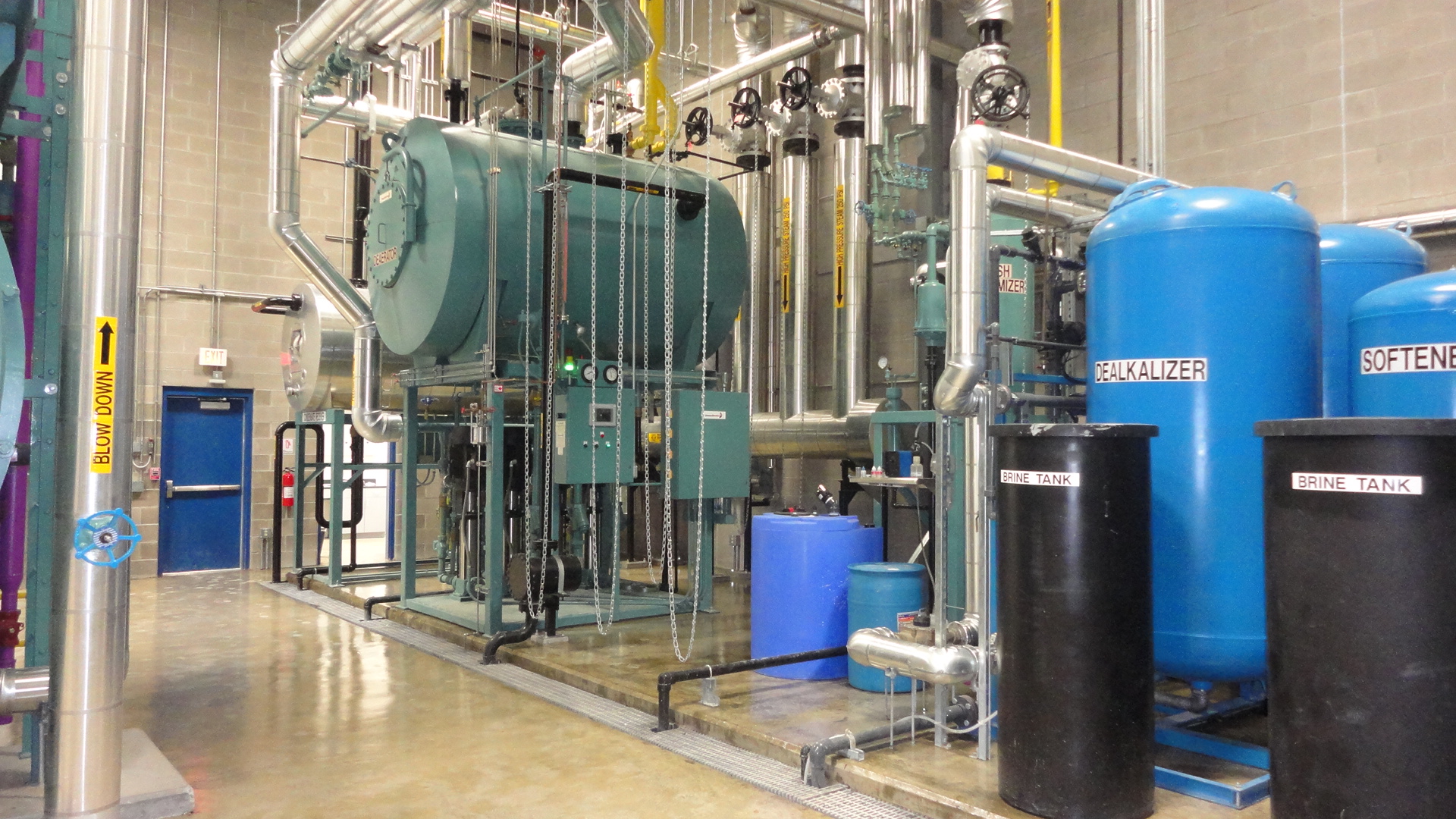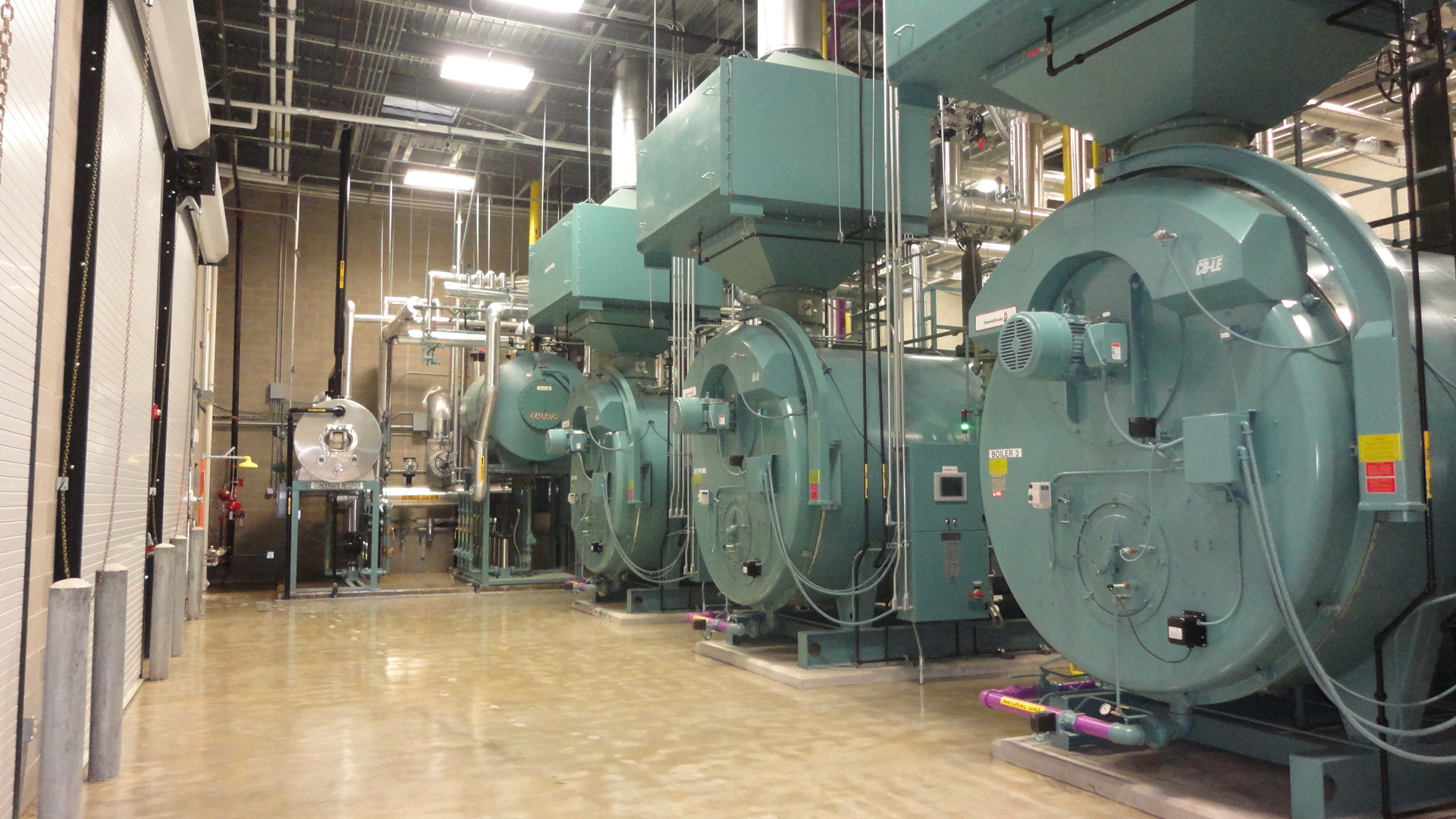Which Emergency Response Plan Is Right For Your Plant?
Food processing plants can do everything within their power to prevent an ammonia leak, from conducting proper maintenance and inspections to having the appropriate safety systems in place such as alarms, shut-offs, and overrides. Yet accidental leaks and spills can occur, so it’s important to be prepared with an emergency response plan.
Continue Reading “Which Emergency Response Plan Is Right For Your Plant?”



